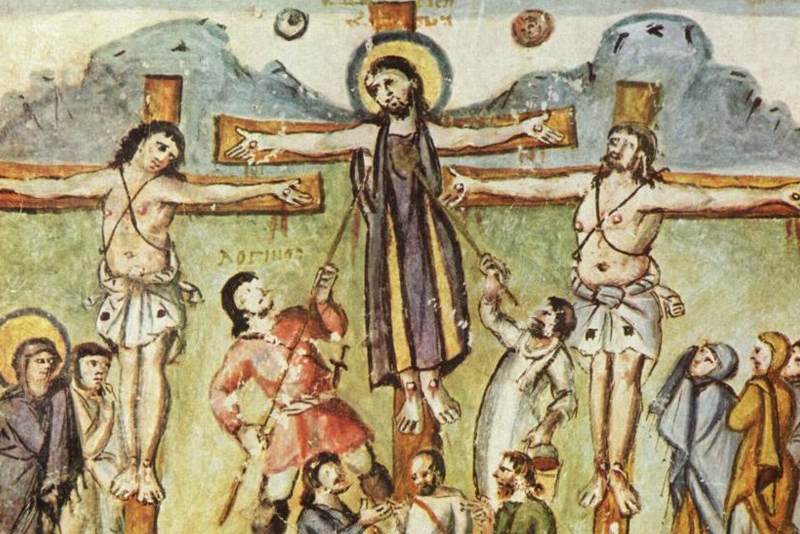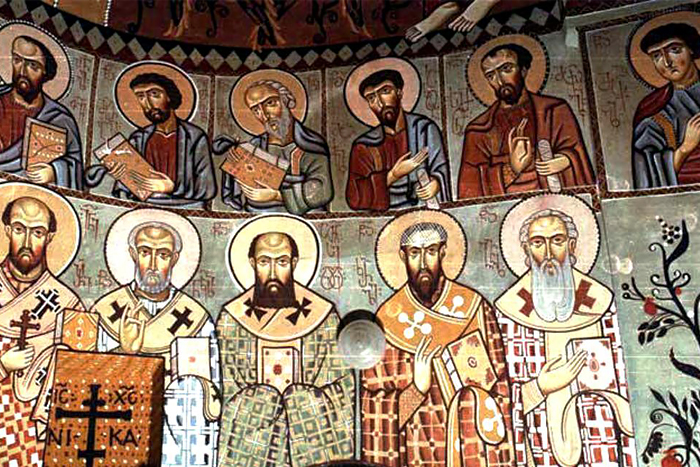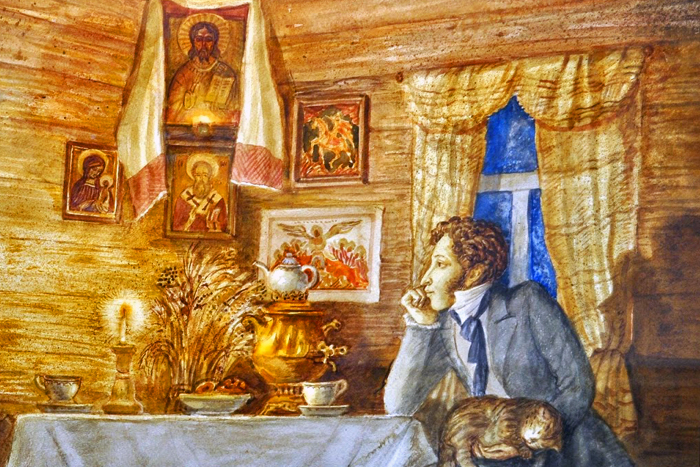
Q: It is no secret that the cross was a mystical symbol in many nations long before the advent of Christianity. Besides, as far as I know, Christians began using this symbol only in the 4th century. Moreover, it happened on command “from above”, following a decree of the first Christian Roman emperor Constantine. Then why is the image of the cross so important to modern Christians?
A:You are absolutely correct in assuming that various forms of the cross were used by many peoples of Asia, Africa and China long before the rise of Christianity. In each culture, this symbol was given its own meaning; in the broadest sense, it was usually associated with the Cosmos, the symbolic meaning of numbers, the opposition of heaven and earth or space and time. At the same time, only in Christianity the cross acquires a fundamentally new, unusual meaning, being a symbol of Jesus Christ, evidence of the atonement of human sins and the instrument of our salvation.
Indeed, the symbol of the cross began to be widely used throughout the Roman Empire by the end of the 4th century, and its wide and open use is traditionally associated with the name of the Emperor Constantine the Great, who had a vision of a fiery cross in the sky with the inscription “In this sign thou shalt conquer”. Before the era of Constantine, Christians refrained from depicting the Lord’s Cross in its actual form, let alone the Crucifix. This, however, does not at all mean that the symbol did not exist.
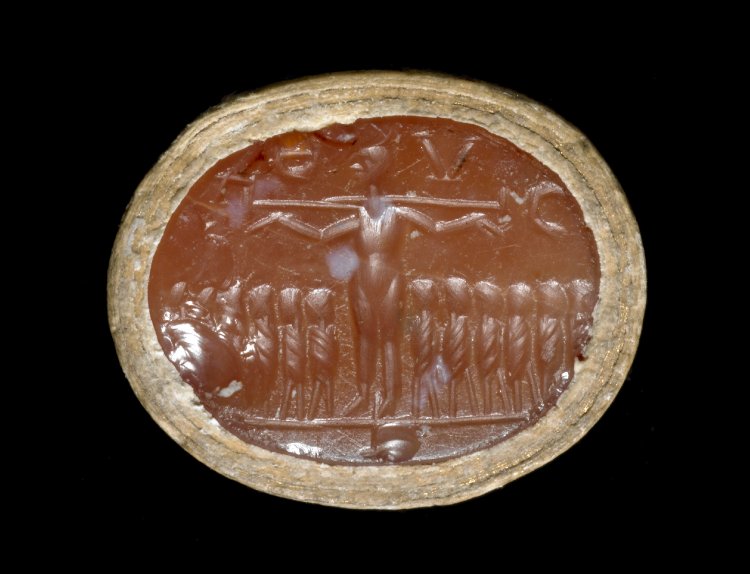
The cross as an instrument of the world’s salvation by Jesus Christ has been the object of deepest reverence among Christians from the very beginning of the church. Church fathers called it an apostolic tradition. In the first three centuries, it belonged to the disciplinae arcanae, i. e., those Christian beliefs and rituals that were kept secret from the pagans. The pagans, however, knew about it, because some Christians had the courage to openly venerate the cross.
According to Pontius, the biographer of St Cyprian of Carthage, some 3rd century Christians depicted images of the cross on their foreheads. By this sign they were recognized during persecution and were put to torment. One such image of a human face with a cross on his forehead has survived on a 3rd-century vessel. It is known from the acts of the seventh Ecumenical Council that during the reign of Diocletianus (III) the martyrs Procopius and Orestes wore images of the cross on their chest.
The pagans mocked Christians as crucicolae, suggesting that Christians worshipped the cross as a fetish or an idol. Most objects surviving from the first three centuries and found during excavations in Rome and Pompeii, had only allegorical images of the cross and the Crucifixion. Such symbols included the anchor, as well as the figure of Christ, which was previously mistaken for the image of the cross and called crux decussata. Tertullian, Origen and others testify to the early 3rd century custom of worshipping the cross.
According to the apostle Paul, the whole life of a Christian should be a sign of the cross. “May I never boast except in the cross of our Lord Jesus Christ, through which the world has been crucified to me, and I to the world.” (Gal. 6:14). This and other quotes of the apostles, who saw Christ with their own eyes, leave no doubt that the cross and the sign of the cross were not merely the symbols, but also the central concept of the Christian faith, expressing its essence from the very beginning of the church.
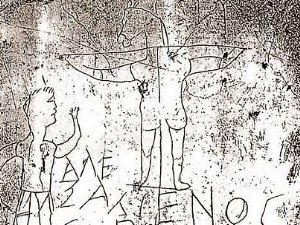
Translated by The Catalogue of Good Deeds
Source: https://foma.ru/kogda-xristiane-vzyali-svoj-krest.html

